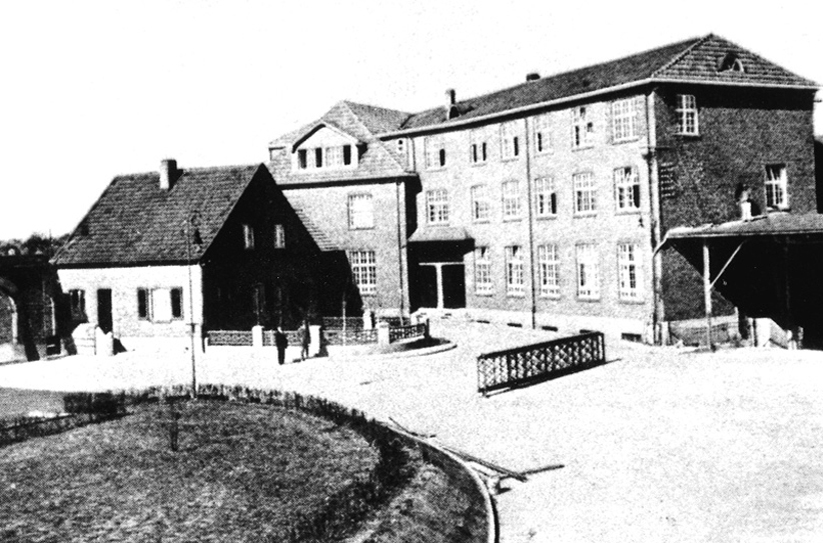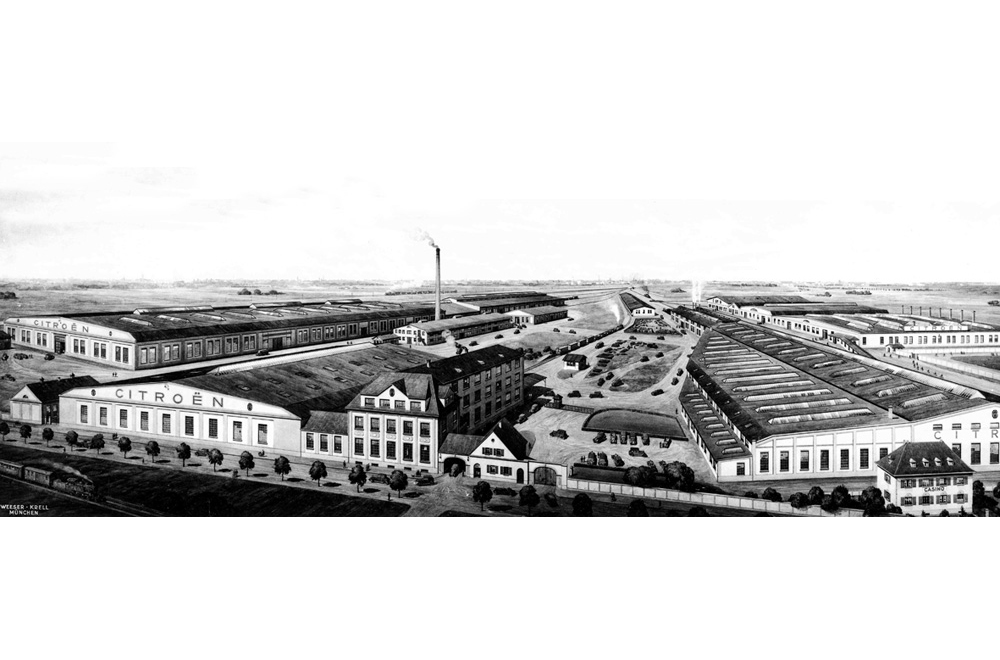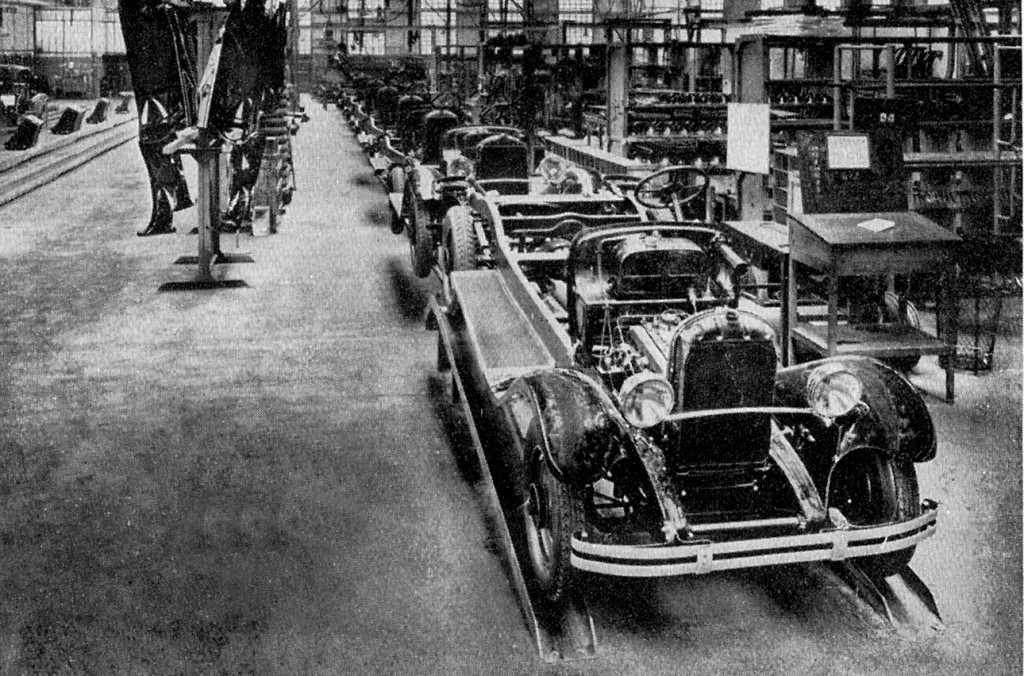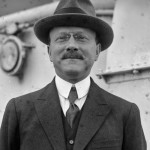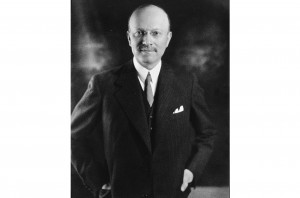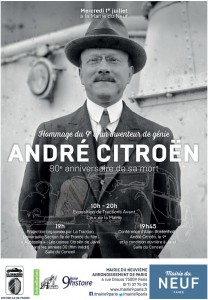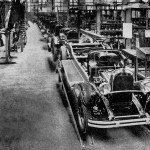
(English below)
Nach der Produktion von rund 20.000 Fahrzeugen endete am 4. Dezember 1935 – also vor exakt 80 Jahren – ein bedeutendes Kapitel von Citroën in Deutschland. Das bis heute einzige deutsche Citroën Werk in Köln-Poll wurde geschlossen. Die im Werk beschäftigten 500 Mitarbeiter hatten pro Tag rund 32 Fahrzeuge gefertigt, ehe sich ab 1934 die Produktionsbedingungen für ausländische Unternehmen in Deutschland immer mehr erschwerten. Dennoch nahm rund ein Viertel der Belegschaft nur wenige Wochen später im Kölner Citroën Werk die Arbeit wieder auf, um den Kundenservice und die Ersatzteilversorgung der Citroën Kunden in Deutschland sicherzustellen.
Im Jahre 1927 hatte Citroën im Kölner Stadtteil Poll nahe des Rheins das Werk zur Automobilproduktion errichtet. Es war Kölns erstes Automobil-Werk mit Fließbandfertigung. Anfänglich wurde mit Teilen aus Paris gefertigt. Doch schon bald beauftragten die Verantwortlichen im Kölner Werk auch deutsche Lieferanten wie Bosch, Continental, Lemmertz etc. – im Jahr 1932 erreichte man schließlich das Qualitätsprädikat „Deutsche Arbeit“.
Zwischen der Eröffnung des Werks am 15. Februar 1927 und 1935 wurden 18.710 Citroën Fahrzeuge der Typen B14, C4, C6, der Rosalie-Reihe sowie des Traction Avant am Standort Köln gebaut. Hinzu kam die
Produktion von weiteren 1.541 Citroën Einheiten – Omnibusse, Sattelschlepper, Viehtransporter, Pritschenwagen und Kegresse-Halbkettenfahrzeuge. Das letzte in Köln produzierte Citroën Modell war der Typ 7 Front, für den Mitte des Jahres 1934 die Fließbandanlagen umgerüstet worden waren. Das Fahrzeug war im September 1934 mit 1,5 Liter Hubraum und einer maximalen Leistung von 32 PS in die Serienproduktion
gegangen. Bis Ende 1935 wurden – in den unterschiedlichsten Varianten – annähernd 2.000 Einheiten dieses einzigartigen Citroën Modells in Köln gefertigt.
Wenige Wochen nach der Schließung des Kölner Werks und der dortigen Automobilproduktion wurde die Arbeit am 3. Januar 1936 mit rund 25 Prozent der einstigen Belegschaft wieder aufgenommen: Unter dem Namen Poller Citroën Dienst AG hielt Citroën bis 1940 auf dem Werksgelände noch einen Reparaturbetrieb mit Ersatzteildepot aufrecht.
Auch heute noch befindet sich der Hauptsitz von Citroën Deutschland in Köln. Die ehemals Citroën Deutschland AG, jetzt Citroën Deutschland GmbH, hatte ihren Sitz von 1959 bis 2013 im Kölner Stadtteil Porz-Westhoven, ehe der Umzug in die heutige Deutschlandzentrale nach Köln-Gremberghoven erfolgte. Zwischen 1927 und 2015 wurden insgesamt mehr als 2,75 Millionen Citroën Fahrzeuge in Deutschland verkauft.
Download der Pressemitteilung C_76_Schliessung_Werk_Koeln
—–
—–
80 Years ago – Citroën Cologne production halted
On December 4, 1935 – 80 years ago – and after about 20.000 vehicles the production of Citroën vehicles was terminated and thus concluded an important chapter of Citroën in Germany. Until today, the only German Citroën plant in Cologne-Poll was closed. The about 500 employed workers at the factory had produced per day about 32 cars before the production conditions for foreign companies in Germany became more and more difficult after 1934.
Yet after the termination of production, the Cologne Citroën subsidiary took over about a quarter of the workforce only a few weeks later in a new organisation to ensure Customer Services and the supply of spare parts for Citroën customers in Germany.
In 1927, Citroën had built the automobile production in the district of Cologne Poll near the Rhine. It was Cologne’s first automotive plant with its own production and assembly line. Initially, it was made with parts from Paris. But soon also German suppliers like Bosch, Continental, Lemmertz were contracted to deliver to the Cologne plant. In 1932 finally they reached the quality assessment level of “German work” (original: “Deutsche Arbeit”).
After the opening of the plant on 15 February 1927, and until its termination in 1935, about 18.710 Citroën vehicles of types B14, C4, C6, the Rosalie series and the Traction Avant were built in Cologne. Adding to this was the production of another 1.541 units of Citroën buses, semi-trailers, animal transport trailers, flatbed and Kegresse-half-track vehicles.
The last in Cologne produced Citroën model was the Traction Avant, known as “Type 7 Front” for which the assembly lines were retooled for the middle of 1934. The vehicle production started in September 1934 with a 1.5 liter engine and a maximum output of 32 horsepower. Until the end of 1935 approximately 2.000 units of this unique Citroën model were manufactured in Cologne – in diverse variants.
A few weeks after the termination of the Cologne factory and the local automobile production work on 3 January 1936, the business resumed with some 25 percent of former employees: named as “Poller Citroën Dienst AG”, Citroën continued to run until 1940 on the factory premises facilities to support repair shops with spare parts.
Even today, the headquarters of Citroën Germany do exist in Cologne. The former “Citroën Deutschland AG” has been transferred to “Citreën Deutschland GmbH”. From 1959 until 2013 the headquarters were located in the district of Cologne Porz-Westhoven, before moving to today’s Germany headquarters at Cologne-Gremberghoven. Between 1927 and 2015, more than 2.75 million vehicles Citroën have been sold in Germany.
Download the German press release here.
